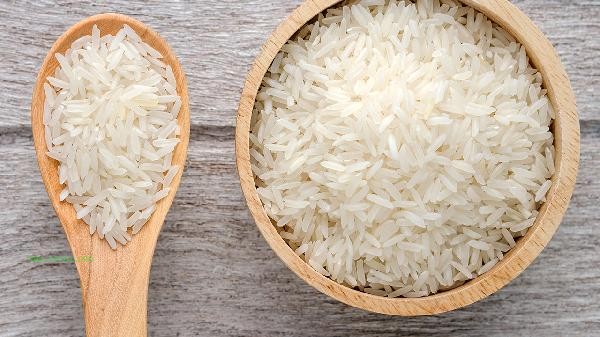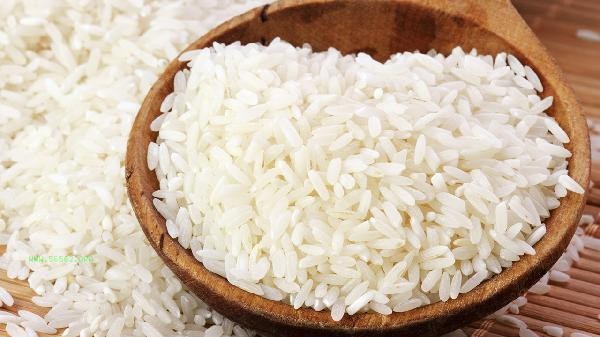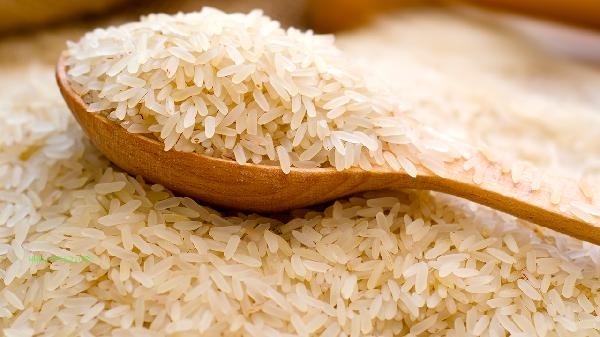Rice can generally continue to be consumed after being infested with insects, and can be processed through screening, freezing, or air drying methods. Rice insect infestation may be related to factors such as humid storage environment, prolonged storage time, inadequate sealing of rice bags, residual insect eggs, and appropriate temperature.

1. Sift out
Spread the rice flat in a clean container and sieve it repeatedly with a fine mesh. Live insects will fall out of the mesh. The screened rice needs to be left to stand for a period of time, confirmed to be free of insects, and then sealed for storage. This method is suitable for situations with low insect populations, and attention should be paid to avoiding insect residues in the gaps between rice grains during operation.
2. Freezing
Put the rice into a sealed bag and place it in the freezer compartment of the refrigerator. The sub zero temperature environment can kill the insect eggs and adults. After freezing for 48 hours, take it out and leave it at room temperature. The insect will dehydrate and die. Freezing treatment can maximize the retention of rice nutrients and is suitable for short-term storage of high-quality rice or germ rice.
3. Drying
On sunny days, spread the rice thinly and expose it to sunlight for 2-3 hours. High temperatures and ultraviolet rays can drive away live insects. After drying, the rice should be fully cooled before canning to avoid moisture regain. Be careful to avoid direct sunlight at noon, which can cause rice grains to crack. This method is not recommended for rice with a lot of aged or broken rice.

4. Sealed
treated rice should be placed in a food grade sealed container, filled with Sichuan peppercorn bags, garlic cloves, or food desiccants to prevent insects. Store in a cool and dry place, away from damp and hot environments such as kitchen stoves. Vacuum packaging can extend the shelf life, and it is recommended to divide it into small portions for use after opening.
5. Prevention
Newly purchased rice can be frozen for 24 hours to kill potential insect eggs. Regularly clean the rice tank to avoid old rice residue. Choose a sealed container with an inner lid to reduce air contact. Purchase a small amount to keep the rice source fresh, and pay more attention to insect prevention for unprocessed rice such as brown rice. When dealing with insect rice, there is no need to overly worry about food safety issues. Common rice insects such as rice weevils and corn beetles do not spread diseases. The cleaned rice can be consumed after being fully cooked. It is recommended to choose a cool and ventilated environment for daily storage and avoid using plastic bags for long-term storage. If the rice is found to be severely clumped, moldy, or emitting an unpleasant odor, it should not be continued to be consumed. Reasonably controlling the amount of rice stored in households and prioritizing the consumption of old rice can effectively reduce the probability of insect infestation.









Comments (0)
Leave a Comment
No comments yet
Be the first to share your thoughts!